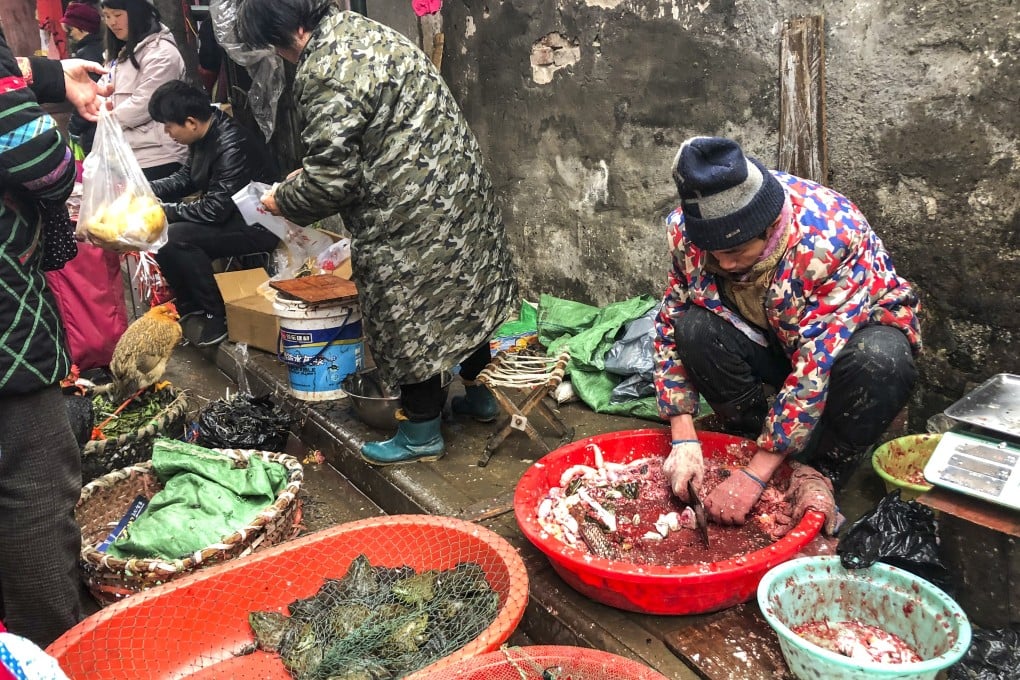Advertisement
Covid-19 origins: researchers challenge early paper pointing to Wuhan market as epicentre of pandemic
- Mathematicians from Germany and Hong Kong say ‘the market is not more likely to be the origin’ when compared to other nearby landmarks
- Lead author of 2022 study cited in paper says he is ‘working with a colleague on a scientific response’
Reading Time:5 minutes
Why you can trust SCMP
21

Researchers have analysed early Covid-19 cases and challenged a conclusion about how the pandemic started.
A previous study concluded that a market in the central Chinese city of Wuhan was the early epicentre of the Covid-19 pandemic but a pair of statisticians in Germany and Hong Kong said the “the statistical conclusion is invalid”.
Dietrich Stoyan, a mathematician at TU Bergakademie Freiberg in Germany, and Chiu Sung-nok, a professor in the department of mathematics at Hong Kong Baptist University, said the analysis published in 2022 “does not give an acceptable argument for the centrality of the market in the 155 December cases”.
The researchers were referring to early coronavirus patients in late 2019 whose home addresses were used to show that the cases were geographically centred around the market.
Despite their criticism of data analysis methods, the statisticians did not offer theories about how or where the pandemic started.
“Neither [the 2022 study] nor our statistical analysis could be used to support or reject the zoonosis hypothesis,” they said, referring to an infectious disease that jumps from an animal to humans.
Advertisement
